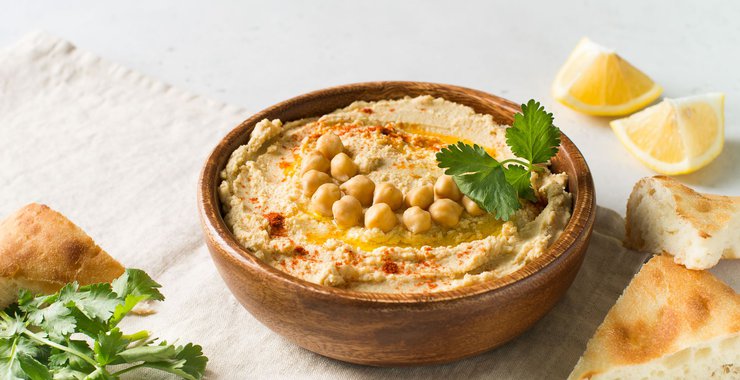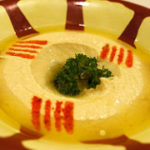Fresh vegetables, fruits, low-fat dairy products, fish, nuts and seeds are the foundation of Lebanese cuisine. Lebanese dishes, including hummus, are made from fresh ingredients that are naturally low unhealthy fats. Instead of cooking with fatty butter, olive oil is used. While olive oil is still high in fat content, it is full of monounsaturated fatty acids, which can lower cholesterol and improve heart health.
Olive oil can also help control blood clotting and blood sugar levels. Lebanese food is enhanced with a variety of fresh herbs and spices instead of heavy sauces. The most common seasonings in Lebanese cuisine include mint, parsley, oregano, garlic, nutmeg, and cinnamon. The parsley used in the traditional salad, Tabbouleh, aids digestion and provides a crisp, green flavor.
Parsley is also high in antioxidants and an incredible amount of vitamin K. Mint is also a common herb found in Lebanese dishes and is helpful with digestion and full of carotenes and vitamin C. Fresh fruits and vegetables are consumed in much larger portions than meats in the Lebanese diet, and pita is eaten at nearly every meal.
Hummus
Serves 5
Ingredients
- 1 can garbanzo beans
- 1 Tbsp tahini
- 1 garlic clove crushed
- 1 ½ Tbsp lemon, fresh-squeezed
- 1 Tbsp extra-virgin. olive oil
- 1/2 teaspoon salt
- Cayenne pepper to taste
- Sumac to taste (optional)
Instructions
- In a food processor, puree the chickpeas and garlic until a thick paste forms. With the food processor running, slowly add the tahini, salt, and lemon juice.
- A bit of sumac or cayenne pepper sprinkled on top makes a gorgeous presentation.
- Oil should go OVER top, not in the mix!
- Serve with whole grain pita or whole grain pita chips and bon appetit


Comments
Comments are closed.